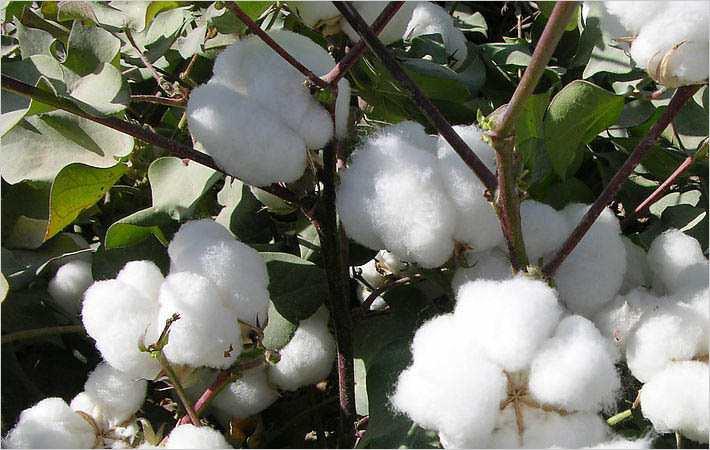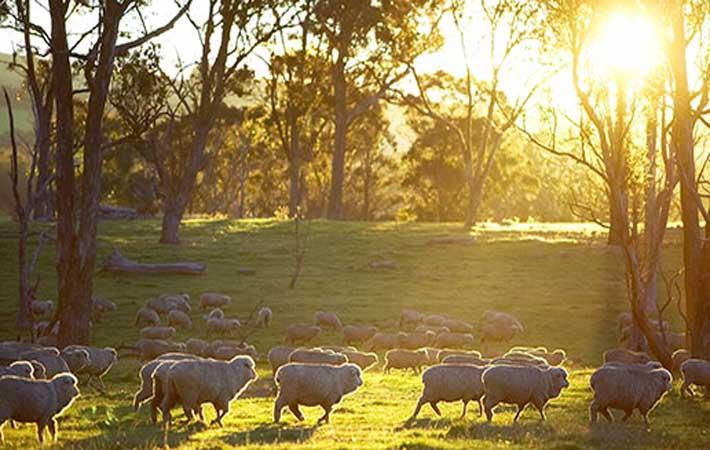
Cotton arrival at ginneries cross 10 mn bales: PCGA
December 7, 2017
Asian textile chemicals market will grow at CAGR of 7.6% During 2014 – 2020
December 18, 2017The Australian Wool Production Forecasting Committee (AWPFC) has revised its forecast of shorn wool production for the 2017-18 season upwards to 345 million kilograms greasy, a 1.4 per cent increase on its final estimate of 340 mkg for the 2016-17 season. This reflects an increase in the number of sheep shorn as producers respond to the high wool prices.
“Seasonal conditions in the major sheep producing areas across Australia were very mixed through winter and into spring. Large areas of New South Wales, Queensland, Western Australia and parts of Victoria, South Australia and Tasmania experienced very dry conditions from July to September. Western Australia, in particular, is being affected after the exceptional season in 2016-17. Despite this, spring shearing in New South Wales and Queensland has benefited from the good seasonal conditions seen for at least part of 2016-17, resulting in good fleece weights to date. Fleece weights could pull back as the season progresses,” said AWPFC chairman Russell Pattinson.
“Other regions have seen excellent conditions, notably in the western half of Victoria and the south-east of South Australia. Fleece weights in these regions have been good and are likely to increase in these states as a result.
“The high and rising wool prices have encouraged producers to shear their sheep and deliver as quickly as possible into the market. In some cases, producers are reported to be shearing earlier than usual to take advantage of these high prices. This has boosted the volume of wool tested and wool being offered at auction in the first five months of the season,” Pattinson added.
The weight of wool tested by Australian Wool Testing Authority (AWTA) in the first five months of 2017-18 is up by 5 per cent, but AWPFC expects that wool volumes will slow in the second half of the season, partly because some clips that are usually delivered in the second half of the season have already been sold.
By state, AWPFC predicts that shorn wool production will increase in New South Wales, Victoria, South Australia and Tasmania in 2017-18. In contrast, shorn wool production in Western Australia and Queensland is expected to fall, with production in Western Australia dropping most.
For the 2017/18 season to November, the AWTA test data showed a significant decline in the weight of wool tested of 16.5 microns and finer. There has also been a decline in 21 micron wool and wool between 24 and 26 micron. Wool volumes have increased for other micron ranges, with substantial percentage increases for wool broader than 28.5 micron. The average mean fibre diameter for the season to November was 20.8 micron, up by 0.1 micron. The average staple length has fallen by 1.7 mm in the first five months to 88.4 mm, with all states except for Tasmania recording shorter staple length.
Source: www.fibre2fashion.com



